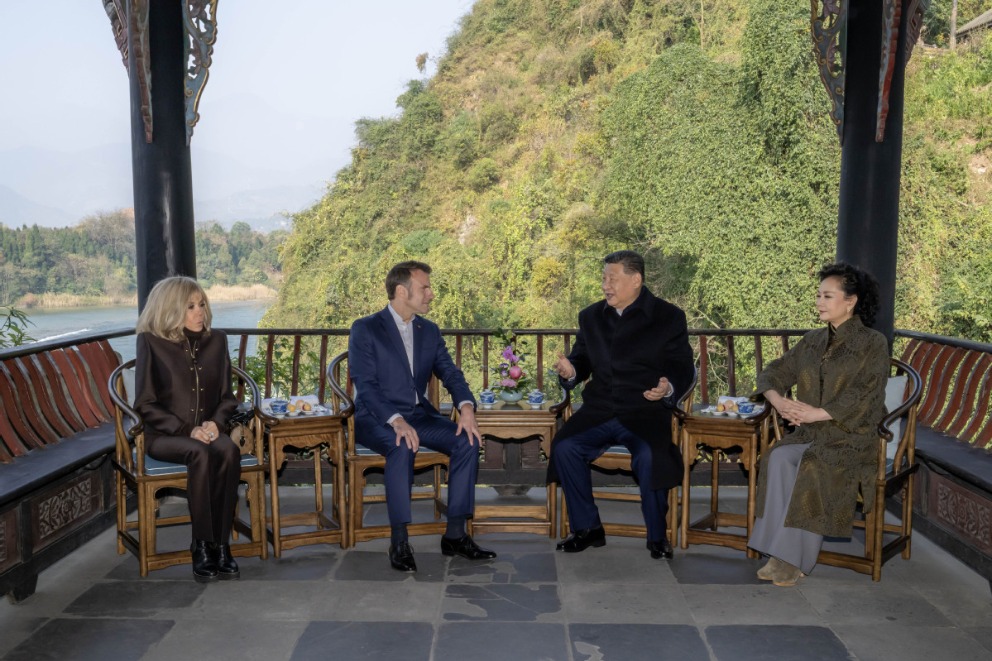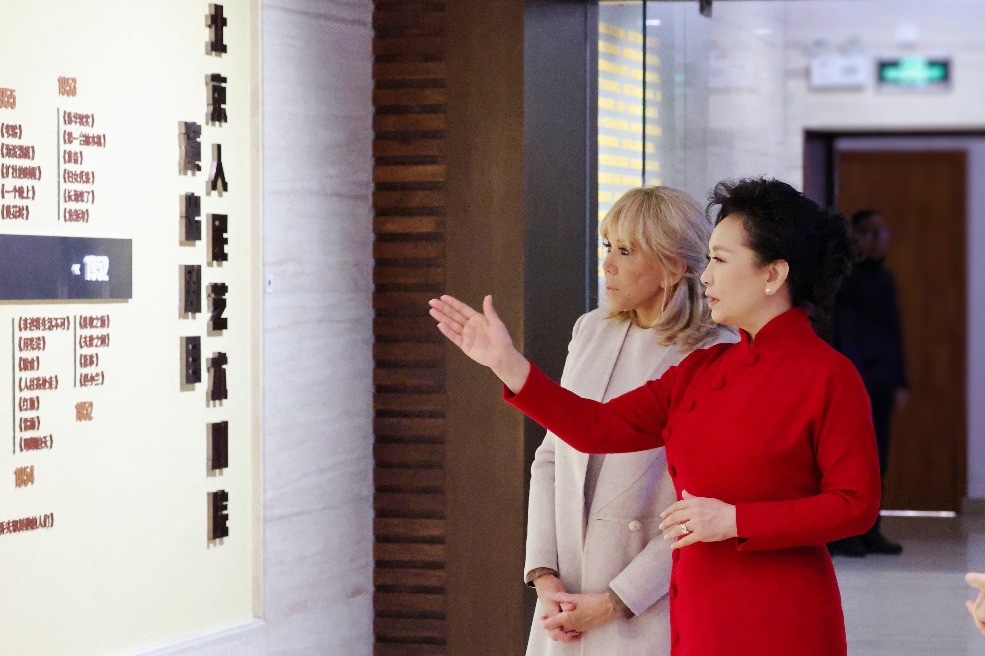Test track enhances Dongfeng Renault capability
By Hao Yan | chinadaily.com.cn | Updated: 2017-09-26 10:12
To ensure world-class quality and quick response to the local needs in China, a carmaker launched research and development facilities, including newly built test track with a longest dust tunnel in the industry, on Thursday.
Dongfeng Renault Automobile Co's vehicle test track completed the first phase of its research and development center in Wuhan, capital of central Hubei province. The investment made into the entire R&D center, consisting of a prototype shop, test lab, and test track, totaled about 590 million yuan ($89.4 million)
"We are required to have independent competence to develop vehicles that fit the local demands of the Chinese market, besides the capability for localization," said Francois Provost, president and CEO of Dongfeng Renault.
"Now the engineers, prototype shop, lab, and track completed Dongfeng Renault's research and development facility. And I'm surprised by the China speed to achieve the target."
Fifty months is the time that the Sino-French joint venture took to realize the R&D competence and localization capability. Four years ago, the test track, R&D office building, and the entire Dongfeng Renault Wuhan plant were a field of bog and ruins.
Jacques Foulquier, R&D vice-president of Dongfeng Renault and general manager of R&D Center, told the reporter, "We not only introduced the best development tool in the world, but also installed various global top-ranking lab equipment."
He added that, "The most important thing is that, we built and cultivated a great development team which includes local excellent talents and overseas experts."
It's the great effort of the staff members from China, France, South Korea, Japan and more countries that made the achievement possible. The company has put in place a team of nearly 300 engineers, with extended skills to develop vehicle and powertrains.
A prototype shop has been established as the first building of the Wuhan plant, which is key to anticipate industrial challenges and to allow the engineers to check very early the adequacy of the design to the market.
The test laboratory for vehicle and powertrain is built for the purposes to cover as much as possible the Chinese customer requirements and regulation compliance. A second laboratory is in construction to complete the capabilities to cover more than 90 percent of the validation plan.
Gaspar Gascon-Abellan, executive vice-president, Product Engineering of Groupe Renault, said in his speech, "This is the right direction and the first quality results of Kadjar and Koleos confirm this strategy."
The Dongfeng Renault's development team has successfully achieved the industrialization of the new Koleos and Kadjar, which has won the media awarded best quality in the same class of China market. The domestically made Kadjar achieved in 2016 the five-star grade in C-NCAP collision tests, among the top of the sport utility vehicle models by joint venture auto makers.
Test track helps localization
The test track, just put into use on Thursday, is the milestone of the first step R&D capacity building, after the multinational engineer team has very rich experience; prototype shop and lab are ready to start operation.
With a vast versatile road surfaces, the track's testing capability tops the international carmakers operating in the country, according to the company.
The Dongfeng Renault R&D Center Test Track takes a land of 44,000 square meters in the plant, and features a series of Renault Group's standardized road, including rough asphalt, asphalt repaired, damaged concrete, seam road, twist, wade, resonance, wave, sand, and stone road, together with curb, slope, highway loop, and dust tunnel.
The 350-meter-long Renault standard dust tunnel, the longest in the industry, can be used for both dust and stone collision validation. The road surface of Noise Vibration Harshness road was Renault exclusively developed road surface directly imported from the Europe.
Facing the specific Chinese situations, manholes, speed bumps, pit road and more were also built into parts of the more than 40 special road surfaces in the test track leading the nation in versatilities.
Foulquier said that, "The test track helps Dongfeng Renault's products match the local needs by Chinese customers through the road surfaces simulating the local road situations."
The Chinese market has its own specificities different from the rest of the world. For instance, Chinese customers are much younger than European ones and this requires specific performances.
As a result, the local R&D team has added the open sunroof for Kadjar, specific color and materials fit to the Chinese market, besides the chrome decoration and bigger cup holder preferred by the younger customers.
Gascon-Abellan said, "It is mandatory to test on representative roads how the vehicle behaves and this must be done in representative conditions by local engineers understanding local customers' expectations as we do for each country."
Dongfeng Renault is not simply taking Renault product to manufacture in China, but conducting real product development in a down-to-earth way instead, according to the company. So the Wuhan base car maker need to validate the local products, and match universally the global quality standards set by Renault Group.
Foulquier said, "The track accelerated Dongfeng Renault's quick response to the local demands."
He also expect the track empower the local engineers and talents get the understanding in the customers' feeling on the products, as they will look into the prototypes of new models on the track, instead of CAD blueprint before mass production.
























